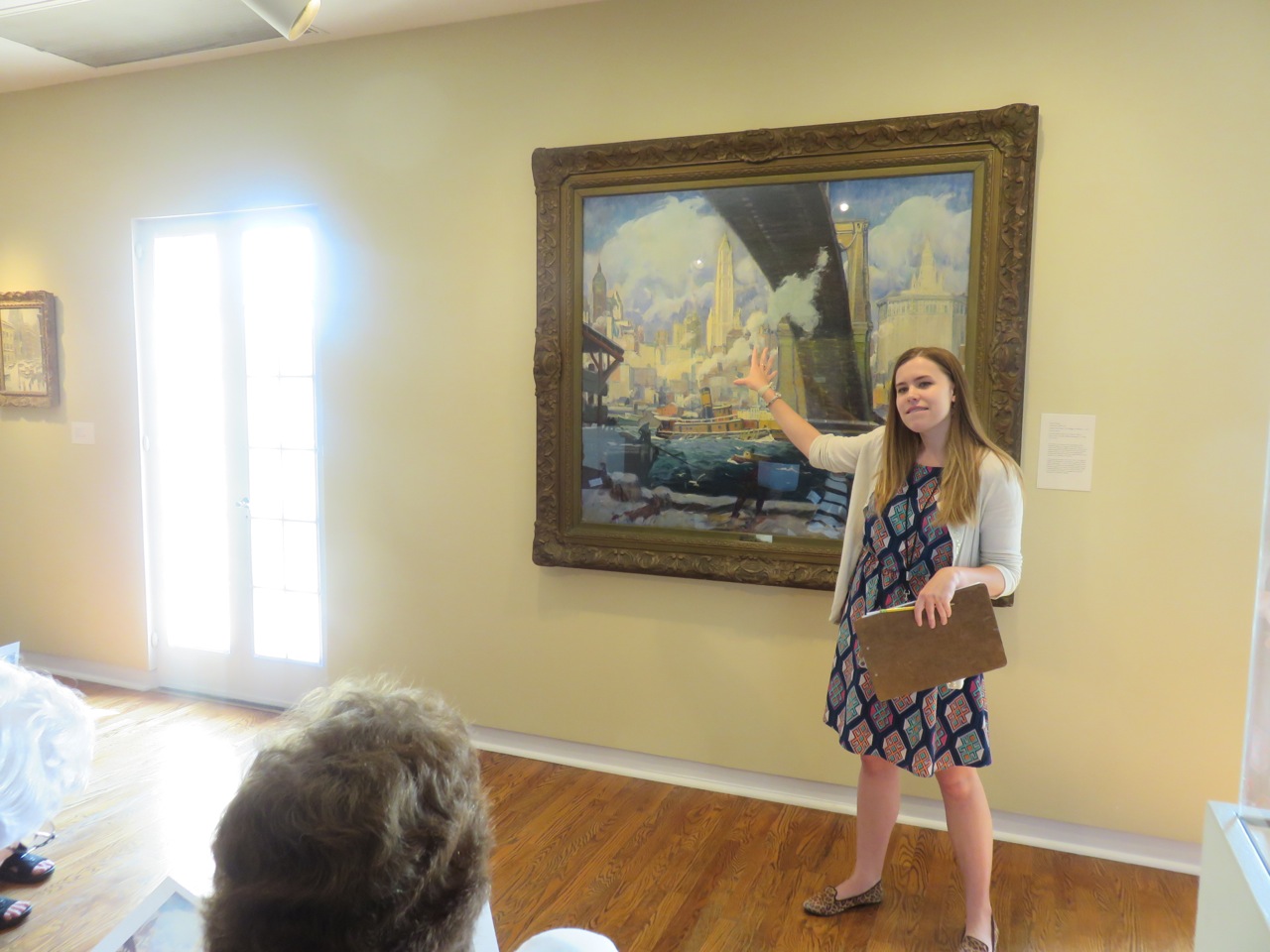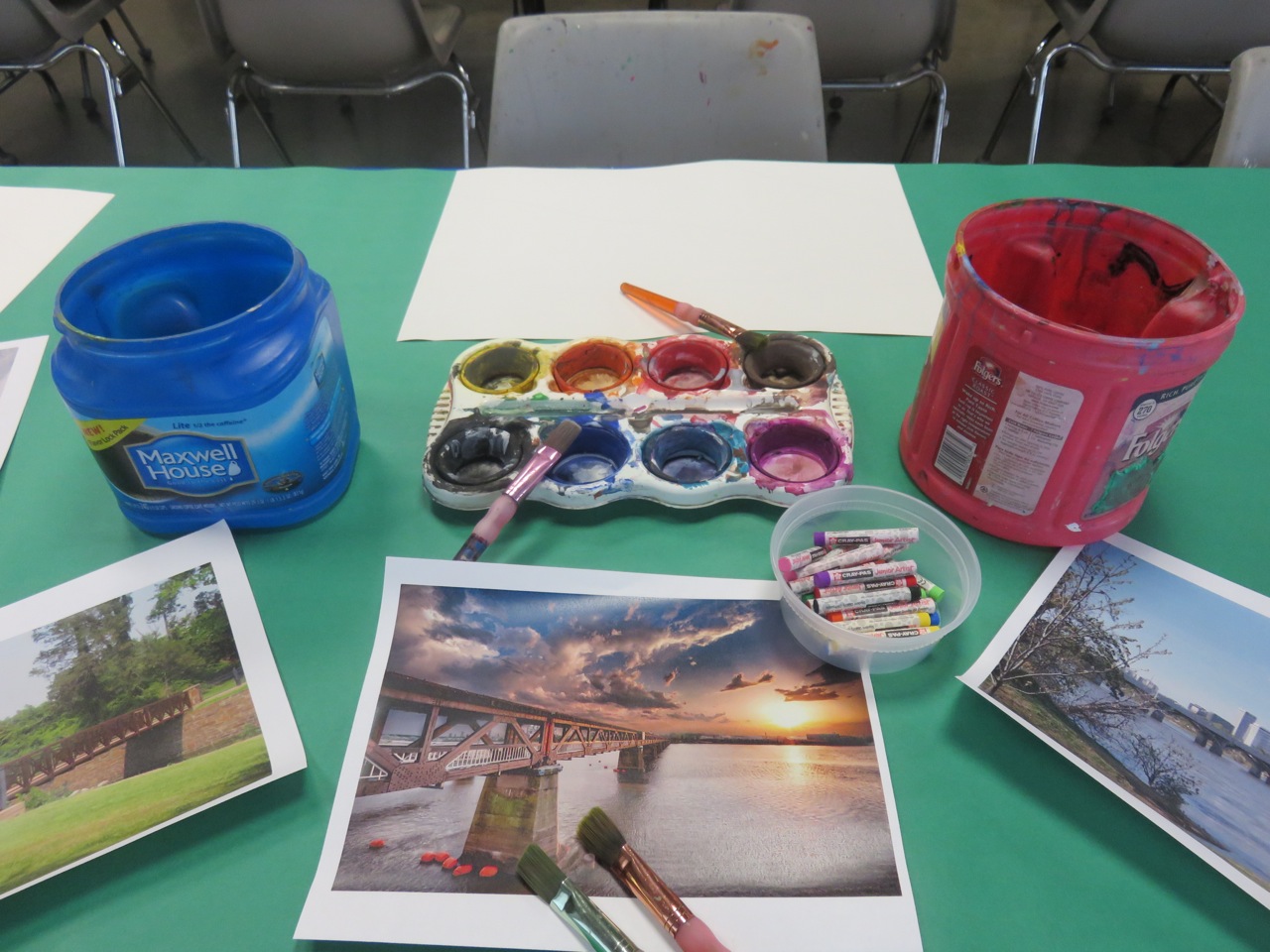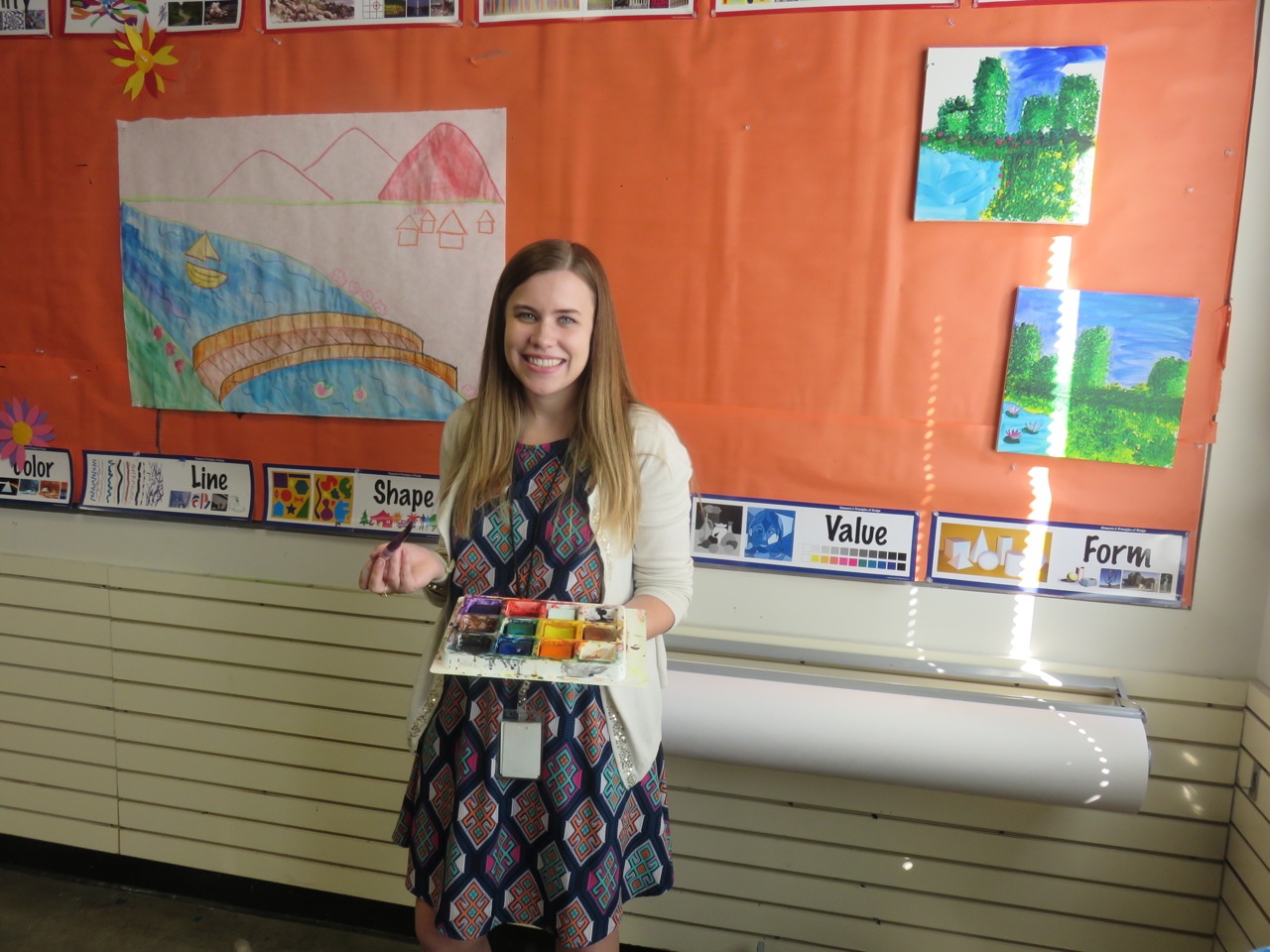Posts Tagged ‘drawing’
Quick Creative Boosts
“I do not know what is going on, but it seems Alzheimer’s stops where creativity begins.” -Person living with Alzheimer’s disease, after creating art
I wanted to do a quick spiritual practice that was aligned with art and I asked artist, art therapist, counselor, and teacher Shelley Klammer for advice.
“Every day, you can simply draw a mandala, a circle, and color it any way you want,” she said.
I liked her idea and began drawing a circle almost daily. Then I have fun filling the inside with crayons, paints, markers, colored pencils, chalk, and pens. Sometimes I create bright designs; other times I draw childlike images—a bunny, a tree, an elephant. With each creation, I feel like I am reclaiming my love of drawing that I had set aside years ago because I “wasn’t very good at it.”
The repetition of the circle gives form to whatever art drifts out of me, just as the repetition inherent in the role of care partner holds a space for creativity.
How are you adding creativity to your every day life?
For more about Shelley and her work, please visit
http://www.expressiveartworkshops.com/
“We have to continually be jumping off cliffs and developing our wings on the way down.” ― Kurt Vonnegut, If This Isn’t Nice, What Is?: Advice for the Young
“There is a vitality, a life force, an energy, a quickening that is translated through you into action, and because there is only one of you in all time, this expression is unique. And if you block it, it will never exist through any other medium and will be lost.” ― Martha Graham
Deborah Shouse is the author of Love in the Land of Dementia: Finding Hope in the Caregiver’s Journey.
Focusing on Art and Drawing on Memory
“What art offers is space – a certain breathing room for the spirit.” ~John Updike
“I want us to explore this work of art together,” Laura Voth says, as she passes out small copies of the Leon Kroll painting Lower New York, The Bridge in Winter, 1915. 
Ron and I have joined today’s session of the Focus on Art program at the Philbrook Museum of Art in Tulsa, Oklahoma. This collaboration between the Museum and the Alzheimer’s Association, Oklahoma Chapter, is part of the Association’s Drawing on Memory program and is designed for people living with dementia and their care partners.
“We’ve been hosting the program for three years and we keep learning from it,” says Jessimi Jones, Philbrook Director of Education. “We’re trying to connect people with art using their imagination and observational skills.”
“We’re also trying to engage people in conversation,” says LaShondia Horn, Early Stage Coordinator with the Association. “Looking at the art together and later creating art stimulates memories.”
Laura Voth, education assistant at the Philbrook, orchestrates the conversation and the drawing session that follows. To engage her audience, she looks for large paintings with recognizable images. Today’s oil features an old-fashioned Manhattan skyline as seen from underneath a bridge. Several boats navigate a choppy river.
Laura offers a little background on the painting, then says, “Take a look at the painting. What do you see?”
“Lots of big buildings,” Thomas says.
“What can you tell me about those buildings?” Laura asks.
“Tall,” Thomas replies.
“It looks like New York but I’ve never seen it from this angle,” Julie says.
I realize I also have never seen New York from that angle and I start noticing a few more of the picture’s details: two tugs boats, bouncing around in the rough waves, several men hoisting a rope from a dock.
“Has anyone else been to New York?” Laura asks.
“We marched through there and got right on a boat,” Thomas says. He’s got a good-natured slouch and a ready smile.
“What would it be like on that boat?” Laura asks.
“I can’t swim,” Julie says.
“I’ve been to New York as a visitor,” Mary says.
“What would you title this painting?” Laura asks.
“Under the Bridge,” Mary says.
The conversation continues as Laura asks sensory and observational questions about the picture? What time of year do you think it is? Does the painting make you feel small or tall? What do you think that round building is? What would you put in that round building?
Every one is participating, gazing at the river, the buildings, treating each question with curiosity.
After the conversations, we go downstairs to create our own art.
In the art room, each person has a large sheet of drawing paper, which is easy to see against the dark green paper that covers the table. LaShonda and her team work with the museum staff making sure each person is comfortable and can reach the art supplies. As Laura guides us through drawing simple lines to create a bridge, the conversation continues. Click here for a one-minute tutorial from Laura on using paints and oil pastels.
I’m sitting across from Emily, who says, “I can’t draw.”
I ask what color she likes and she says, “Purple.”
I show her the purple paint and ask if she’d like to try some.
She dips in her brush and strokes paint across the paper.
Color by color, she asks, “What now? What color shall I use? Where does this color go?”
During our painting session, I learn she was born in West Virginia, she doesn’t like to cook, she has five children and her brother is a wood carver. One of her treasured possessions is a carving of Dopey that her brother created when he was a teenager.
At the end, Emily has a wonderfully vibrant painting to take home and I have the wonderfully vibrant feeling of having connected with a fascinating woman.
For more information about the Philbrook, go to www.philbrook.org
The Alzheimer’s Association Website is www.alz.org/
Deborah Shouse is the author of Love in the Land of Dementia: Finding Hope in the Caregiver’s Journey.


